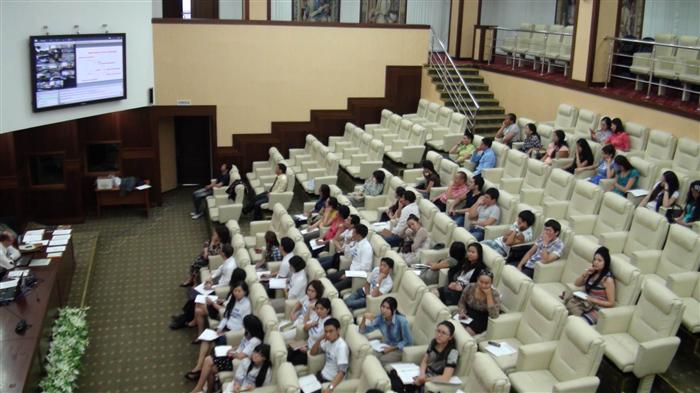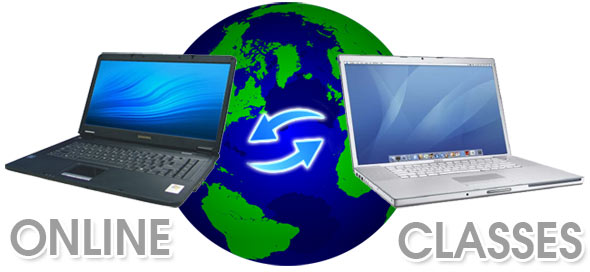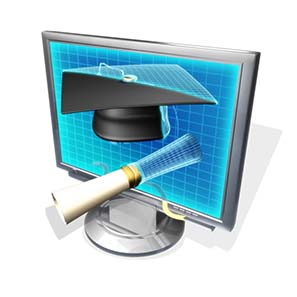The world’s largest university was the Indira Gandhi National University founded in the year 1985. There are more than 40 thousand students enrolled in the distance education in more than 40 educational institutions. This shows that a huge number of people are embracing the system in the wake of multifarious economic and social changes.
 But the system which offers an easy access to higher education had been inconsistent in ensuring the quality of education through inefficiencies and dilapidated regulation. The program is headed the other way and most of the Indian society were not able to understand the purpose it was created. There should have a been a constant policy or a strong management body that will administer properly the system.
But the system which offers an easy access to higher education had been inconsistent in ensuring the quality of education through inefficiencies and dilapidated regulation. The program is headed the other way and most of the Indian society were not able to understand the purpose it was created. There should have a been a constant policy or a strong management body that will administer properly the system.
In response to this problem, a management body was created for the distance education in 1991. They call it the DEC or the Distance Education Council which is under the aegis of the IGNOU. The job of the council is to regulate, control and monitor the different Distance Education institutions in India. It was later named Distance Education Bureau in the year 2013.
There were still issues and problem arisen even with the creation of the bureau. Many critics have questioned the process, the authority and the system of the bureau. Even there were confusions over legal matters which reached the Supreme Court.
The creation of the Distance Education system has created an overabundance of difficulty and confusion over the years. There hasn’t been a concrete resolution created to properly address the issues involved. The Government was not yet able to keep pace with the fast flowing changes over time. If ever they will be able to try a different approach or strategy to make the system work flawlessly it would be a very ideal program and will be a pattern for other countries to follow.
This is a good example to follow for schools in the U.S. who are planning to put up distance education programs.








